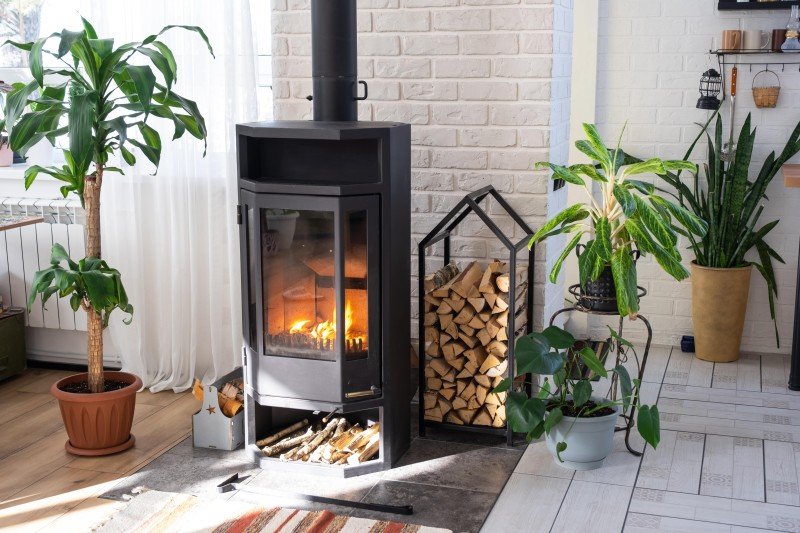A Comprehensive Guide to Small Fireplaces: Efficient Heating and Cozy Living
In an age where energy performance and area optimization are ending up being increasingly crucial, small fireplaces have actually emerged as an attractive option to traditional, large hearths. These compact heating solutions offer warmth and a focal point for any room, heightening both convenience and aesthetic appeal. This short article checks out the different kinds of small fireplaces, their benefits, setup considerations, and maintenance tips, eventually assisting property owners make notified decisions when considering these lovely heating alternatives.
Comprehending Small Fireplaces
Small fireplaces offer a variety of styles, consisting of electric, gas, ethanol, and wood-burning models. Each type presents unique benefits and design possibilities, making them suitable for various living spaces.
Types of Small Fireplaces
| Fireplace Type | Description | Pros | Cons |
|---|---|---|---|
| Electric | Utilizes electrical power to create heat. Uses lots of designs, consisting of wall-mounted and freestanding systems. | - Easy to set up - Low upkeep - No venting needed | - Limited heat output - May sustain higher electrical power costs |
| Gas | Burns gas or propane. Typically readily available as logs in a traditional fireplace or modern designs. | - Efficient heat output - Cleaner than wood - Easy ignition | - Requires gas line setup - Some units need venting |
| Ethanol | Burns bioethanol, providing genuine flames without a chimney. | - Eco-friendly - Portable - No installation required | - Limited heat output - Higher fuel expenses |
| Wood-Burning | Traditional fireplaces that burn fire wood. Typically utilized in more rustic settings. | - Great heat output - Rich atmosphere - Can be used during power failures | - Requires a chimney - Regular upkeep and cleaning |
Benefits of Small Fireplaces
- Area Efficiency: Small fireplaces are ideal for houses, condos, and smaller sized homes. They optimize warmth without using up excessive floor area.
- Economical Heating: In particular cases, small fireplaces can supplement main heater, lowering overall energy costs while creating a more comfy environment.
- Ambiance and Aesthetics: They provide an inviting centerpiece to a room, developing a cozy atmosphere best for relaxation and social gatherings.
- Adaptability: Available in different designs and styles, small fireplaces can complement any decoration, from modern minimalist to rustic traditional.
Setup Considerations
When considering a small fireplace, setup is an essential factor that can affect the option of design. Below are helpful factors to consider:
- Local Regulations: Building codes can vary by location; always inspect regional guidelines before installation.
- Ventilation Needs: Depending on the type, small fireplaces may need various ventilation systems. Gas fireplaces might require venting outdoors, while electric models don't.
- Source of power: Electric models require distance to electrical outlets, while gas and ethanol models might require a gas line or fuel storage.
- Weight and Structure: Installing wall-mounted systems may need reinforced wall locations, whereas free-standing models are simpler to relocate.
Upkeep Tips
Like any other home device, small fireplaces require routine maintenance to function efficiently and safely. Here are necessary upkeep tips for numerous fireplace types:
For Electric Fireplaces:
- Cleaning: Wipe down the system with a soft cloth to eliminate dust and keep the heating unit ducts clear.
- Assessment: Check the power cord regularly for any damages or signs of wear.
For Gas Fireplaces:
- Annual Inspections: Schedule yearly evaluations by a professional to guarantee safe gas circulation.
- Clean the Logs: Regularly tidy the burner and logs to maintain optimum efficiency.
For Ethanol Fireplaces:
- Fuel Storage: Store ethanol fuel securely away from direct sunshine and heat sources.
- Regular Cleaning: Clean the burner after each use to keep efficiency and avoid soot accumulation.
For Wood-Burning Fireplaces:
- Chimney Sweeping: Have the chimney expertly cleaned when a year to avoid creosote accumulation.
- Fire wood Storage: Only use dry, skilled wood to reduce smoke and promote effective burning.
Often Asked Questions
1. Can I install a small fireplace myself?
While some electric and ethanol fireplaces are reasonably simple to install, it is a good idea to employ an expert for gas and wood-burning units to make sure compliance with local structure codes.
2. How much does it cost to run a small fireplace?
The expense will vary depending upon the type of fireplace. Typically, fireplacesandstoves.uk may sustain greater electricity costs, while wood-burning options can draw from eco-friendly fire wood products.
3. Do I need a permit for setup?
Licenses are usually required for gas and wood-burning fireplaces due to their installation complexity and security policies. Constantly inspect with local authorities.
4. How long can I run an electric fireplace?
Most electric fireplaces can run for extended periods; nevertheless, it's advised to follow manufacturer guidelines to prevent getting too hot or damaging the unit.
5. What type of small fireplace is best for a small space?
This mostly depends upon individual needs. Electric models are flexible and simple to set up, while gas and ethanol choices offer real flames with effective heat output.
Small fireplaces represent a functional and stylish option for those looking for effective heating options in compact living spaces. With various types readily available, property owners can select models that line up with their aesthetic preferences and area requirements. By comprehending the installation processes and regular upkeep needed, people can delight in the comfort and ambiance that small fireplaces provide for several years to come. Whether for a cozy evening in your home or an inviting space for gatherings, small fireplaces are an enduring aspect of modern and traditional design alike.

